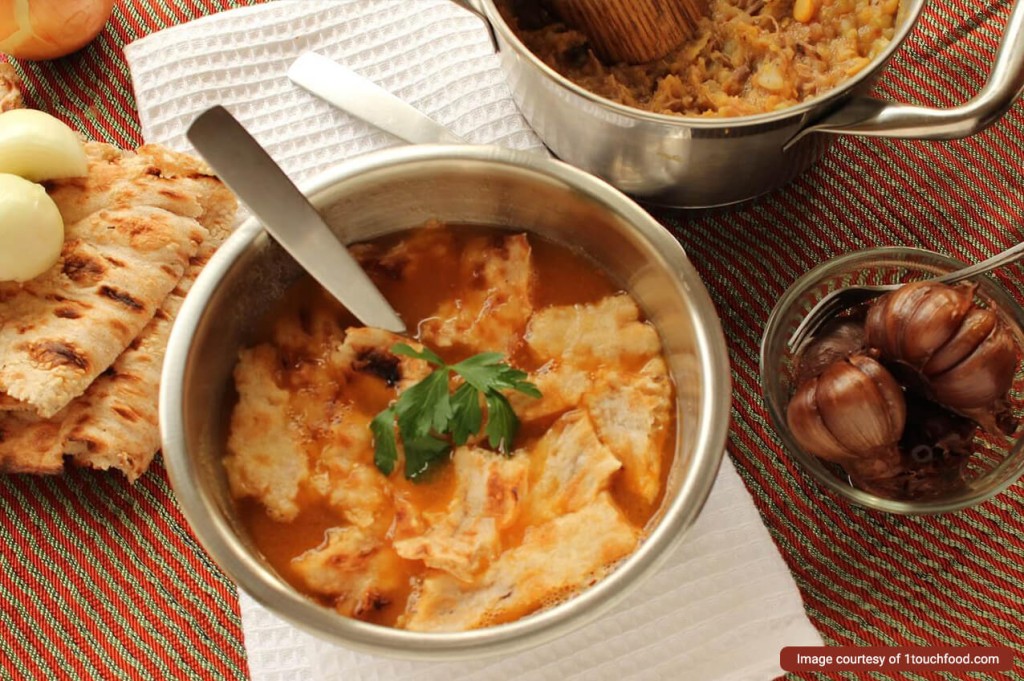
It dates back to hundreds of years ago when Iranians made this food called Dizi. The reason for such naming is that people traditionally cooked and served it in small stone dishes called Dizi. It’s actually the name of the container. Iranian traditional restaurants still use these stone dishes for this food.
Iranians also call this traditional Persian dish Abgoosht, which literally means “meat broth”. This high-calorie food, which is a good source of protein, is more common and preferred in winter. It would be originally made with lamb and chickpeas only before tomatoes and potatoes were introduced to Iranian food dishes and developed the recipe.
Meat and beans are the major ingredients of Dizi, but in some areas locals may add different things to the recipe based on their tastes. For example, in northern parts of Iran, garlic, and in Kerman province, people may add caraway for seasoning. In Armenia, people cook a similar food too.
Follow the recipe and cook this popular and nutritious food at your home.
Ingredients to Cook Dizi:
- 500 g bone-in lamb (shank, shoulder, or short ribs), cut into medium-size pieces
- ½ cup chickpeas, pre-soaked overnight
- ½ cup white beans, pre-soaked overnight
- 1 large onion, roughly chopped
- 2 peeled garlic cloves (optional)
- 1 tsp. turmeric powder
- 4 dried lime
- 2 medium tomatoes, halved
- 2 medium potato, cut into four pieces
- 1 tbsp. tomato paste
- 1 cup sour grapes (optional)
- Salt, black pepper powder, and lime juice, to the taste
- Dried mint leaves, for seasoning (optional)
- Dried tarragon leaves and fresh mint leaves, for garnishing
Directions to Cook This Traditional Persian Dish:
1. Put the lamb, chickpeas, white beans, chopped onions, and garlic cloves in a pot. Sprinkle turmeric and pepper powder. Then add about 6 cups of water and bring them to a boil.
Notes:
- Don’t remove the meat’s fat. It provides the needed oil for cooking this traditional Persian dish.
- Some use beef instead of lamb to cook Dizi, but lamb is much more preferred and common.
- You can substitute white beans with kidney or rose cocoa beans. Or, you can omit the beans and use chickpeas only. In that case, the amount of chickpeas has to be doubled.
2. While boiling, skim the foam floating on the top. Continue until no more foam is produced. Then, cover the pot and let it simmer over medium heat for about 2 hours until the meat and beans are tender.
3. Add potato, tomato halves, tomato paste, dried limes, and sour grapes. Stir a bit and cover the pot again. Let it simmer for about more 30 minutes.
Notes:
Pierce the dried limes with a fork before adding them to the pot.
- If you like to have sour grapes in your Dizi, make sure you reduce the number of dried limes and lime juice. Otherwise, your food may taste more sour than desired.
- If you heat the tomato paste with one tablespoon of oil for a few minutes in a frying pan before adding, it’ll give the stew a better color and flavor.
4. In the last 15 minutes, add salt and lime juice.
Note:
- Adding salt from the beginning prevent the meat to cook properly, and thus, it takes more time to get your food ready.
5. Finally, when all ingredients are completely tender, you’re done with the cooking phase.
Note:
- If you feel the food needs more time to be overheat, don’t worry. Let it simmer for more time. Just watch it not to lose too much water.
6. Put a colander over a big bowl and drain the ingredients. Set the broth aside.
7. Remove the bones from the meat. Transfer the ingredients to another bowl and mash them all up into a paste.
Note:
- In case of using shanks, If you like, you can remove the morrow from the bones and add it to the broth or to the mashed up ingredients.
8. Taste the broth and paste for seasoning, and then, get ready to serve.
9. If you’re going to use dried mint for seasoning, heat 1 tablespoon oil in a frying pan over low heat until sizzling. Crumble the mint leaves in your hand and add them to the oil. Stir it continuously and continue heating for just 1 minute. Then, remove it quickly from heat or it can easily burn. Add the sautéed mint to the broth.
How to Serve Dizi:
This traditional Persian dish has to be served hot. Otherwise, you spoil its taste. The other point is that you should serve the broth and the paste in separate dishes – the broth in a bowl with crumbled tarragon leaves sprinkled on the top, and the paste on a plate garnished with fresh mint leaves.
An interesting part of serving this food to guests is letting them mash the ingredients themselves, and it’s what happens in almost all traditional restaurants in Iran. While serving Abgoosht, the waiters offer guests meat smashers to crush the ingredients if they like to have it in form of a paste. This is only a suggestion because some people prefer it unmashed.
You should have the broth first in your preferred way. To get started, tear a sheet of bread into small pieces and soak them in the broth. Then use a spoon to stir it a bit and eat this delectable mixture. What you make with your broth is called Terid in Persian. Afterward, go for the paste. Spoon a small amount onto a piece of bread and put it in your mouth. Bon appetite!
The Kind of bread commonly preferred with Dizi is Sangak, an Iranian traditional bread. Iranians serve table vegetables, sliced raw onion, yogurt, and various kinds of pickles alongside this traditional Persian dish. And drink, Doogh (an Iranian yogurt drink) is the best and most common option.
Table vegetables are the best side dish with this food because they help it get easily digested. You can season table vegetables and sliced onions with a little bit of lime juice and salt.
I hope you cook this convenient and nutritious Persian food and enjoy its unforgettable taste.






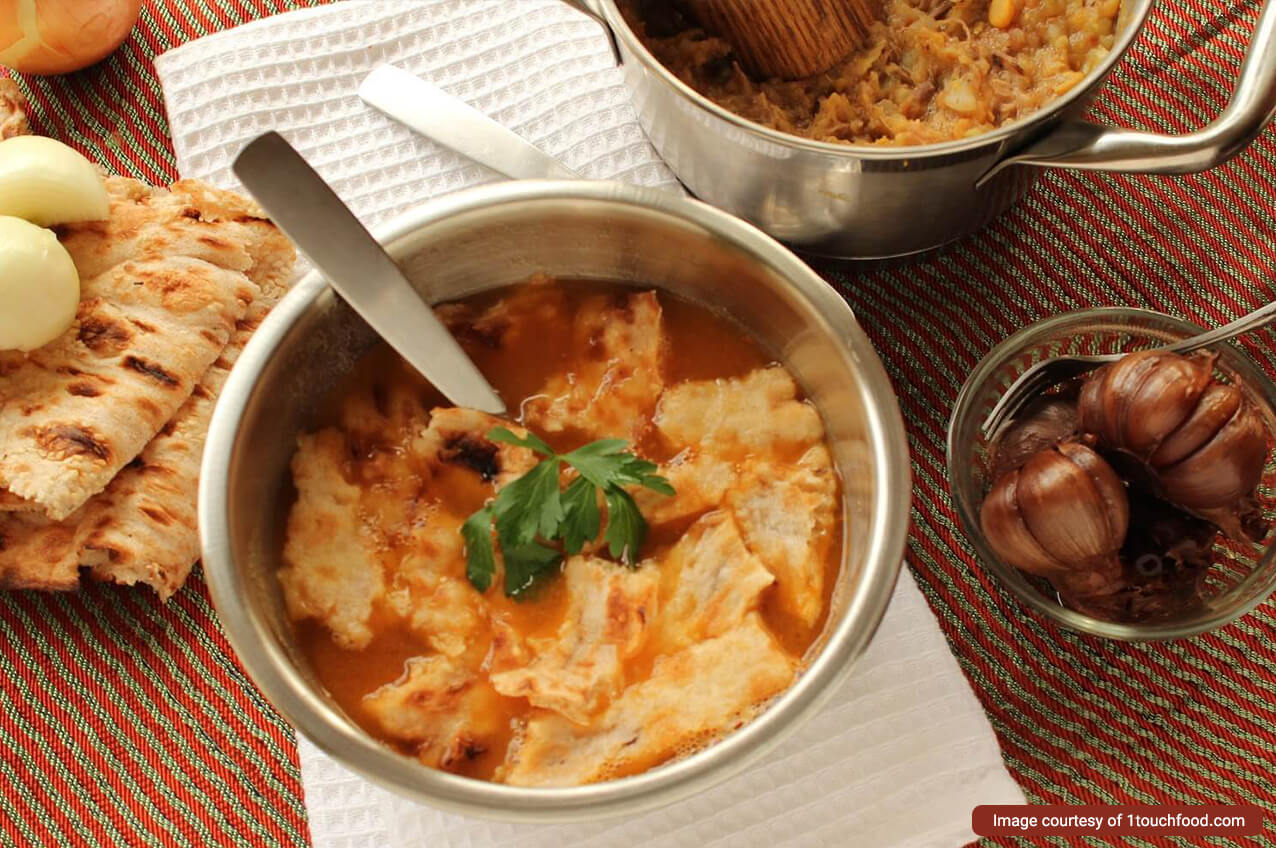
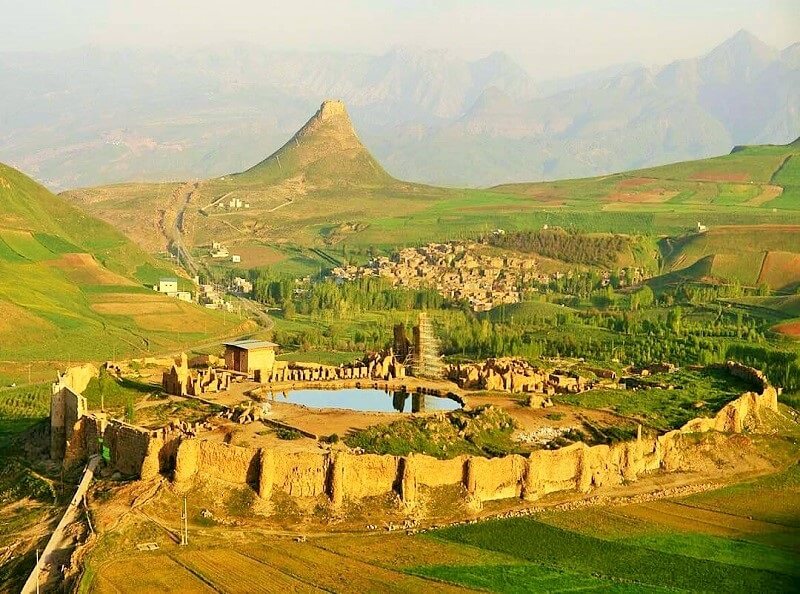

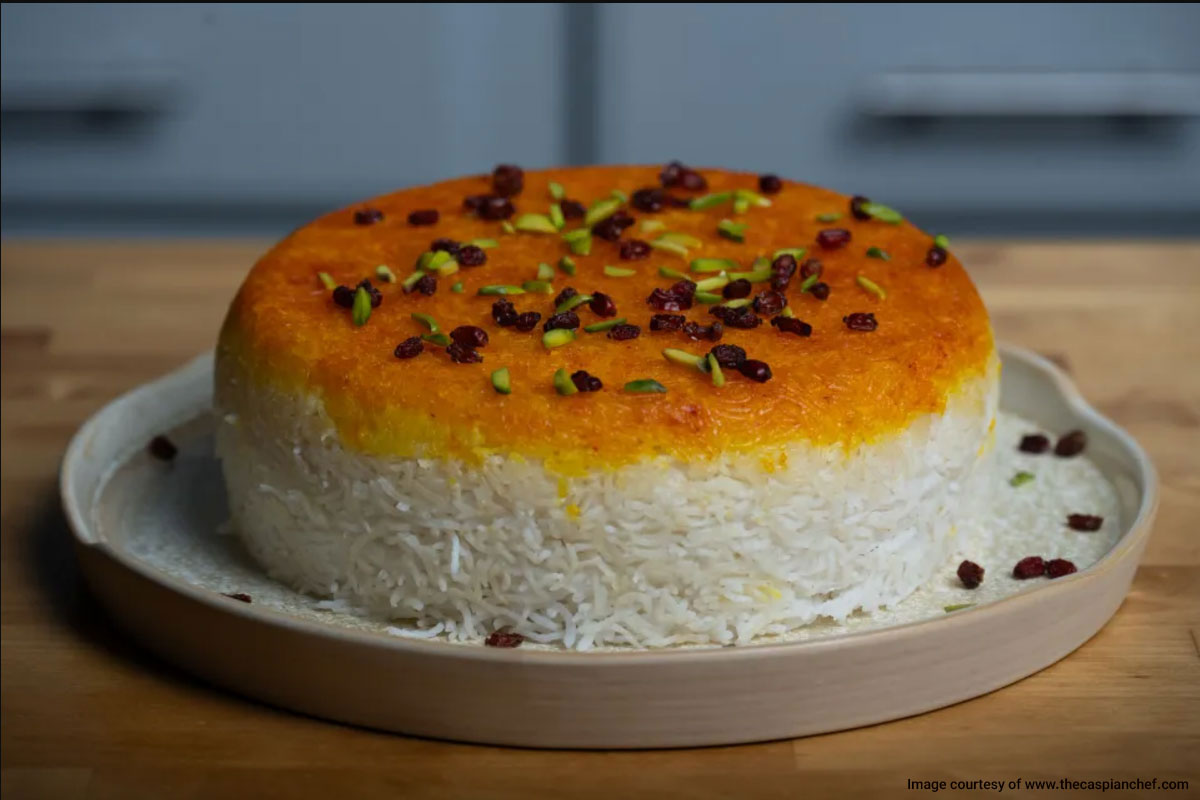

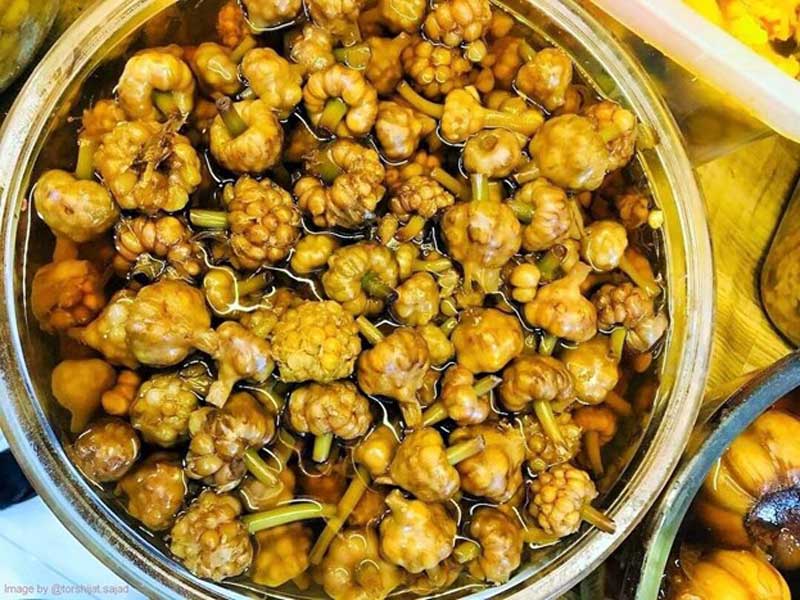
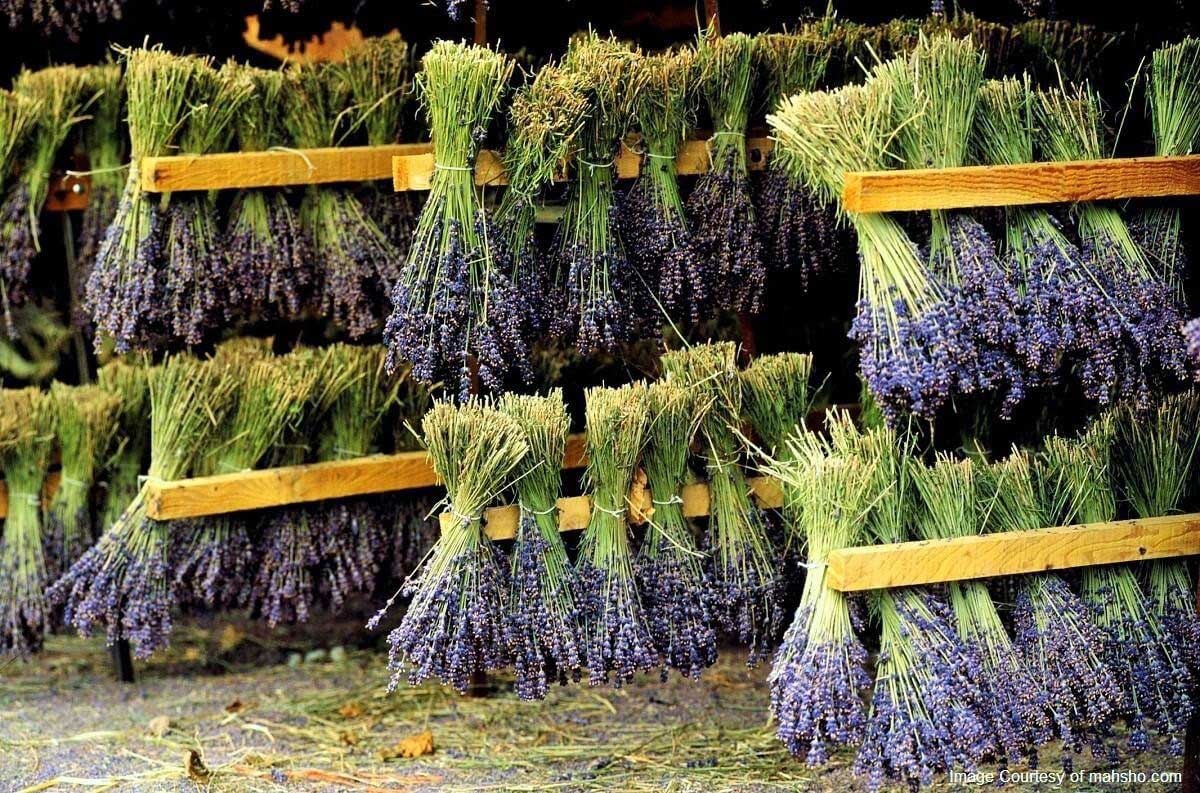


I love this dish and I think there are variations of it in the cuisine of other Middle Eastern and Mediterranean countries. I love lamp shanks so something I will try.
It’s good to see you like it so much that you’re going to give it a try. I hope you enjoy it.
And about the variations, you’re right. You may find different versions of this food in the cuisine of these countries. Actually, they share some similarities in this respect.